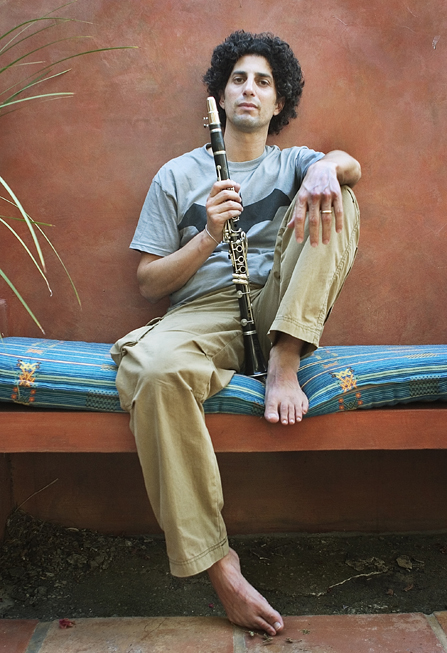Klezmer Clarinet
 Klezmer (Yiddish כליזמר or קלעזמער, pl כליזמר,כליזמרים, from Hebrew כלי זמר — instruments of music) is a musical tradition of the Ashkenazic Jews ofEastern Europe. Played by professional musicians called klezmorim, the genre originally consisted largely of dance tunes and instrumental display pieces for weddings and other celebrations. The genre has its origins in Eastern Europe. In the United States the genre morphed considerably as Yiddish-speaking Jewish immigrants from Eastern Europe, who arrived between 1880 and 1924,[1] met and assimilated American jazz. During the initial decades after the “Klezmer Revival,” this was what most people knew as klezmer, although in the current century musicians have begun paying attention to the “original” pre-jazz traditions as some original revivialists (e.g., Josh Horowitz, Yale Strom, Bob Cohen) spent years doing field research in Eastern/Central Europe. Additionally, late immigrants from the Soviet Union such as German Goldenshtayn brought their surviving repertoires to the United States and Israel in the 1980s.
Klezmer (Yiddish כליזמר or קלעזמער, pl כליזמר,כליזמרים, from Hebrew כלי זמר — instruments of music) is a musical tradition of the Ashkenazic Jews ofEastern Europe. Played by professional musicians called klezmorim, the genre originally consisted largely of dance tunes and instrumental display pieces for weddings and other celebrations. The genre has its origins in Eastern Europe. In the United States the genre morphed considerably as Yiddish-speaking Jewish immigrants from Eastern Europe, who arrived between 1880 and 1924,[1] met and assimilated American jazz. During the initial decades after the “Klezmer Revival,” this was what most people knew as klezmer, although in the current century musicians have begun paying attention to the “original” pre-jazz traditions as some original revivialists (e.g., Josh Horowitz, Yale Strom, Bob Cohen) spent years doing field research in Eastern/Central Europe. Additionally, late immigrants from the Soviet Union such as German Goldenshtayn brought their surviving repertoires to the United States and Israel in the 1980s.
Compared to most other European folk music styles, very little is known about the history of klezmer music, and much of what is said about it must be seen as conjecture.[2] Starting in 2008, “The Other Europeans” project, funded by several EU cultural institutions,[3] spent a year doing intensive field research in Moldavia under the leadership of Alan Bern and scholar Zev Feldman. They wanted to explore klezmer and lautari roots, and fuse the music of the two “other European” groups. The resulting band now performs internationally. As with this ensemble, groups like Di Naye Kapelye and Yale Strom & Hot Pstromi have incorporated Rom musicians and elements since their inceptions.
Picture: Gustav Bulgash (The Prince of West Coast Klezmer)
Related Posts
Tags: clarinet, clarinet and saxophone, clarinet music, how to play the clarinet, learn to play the clarinet









